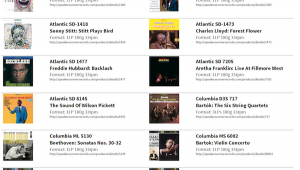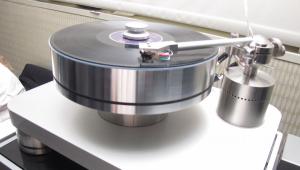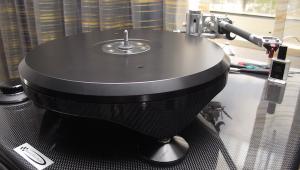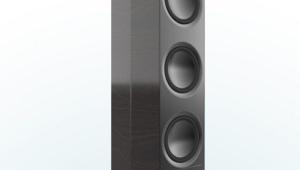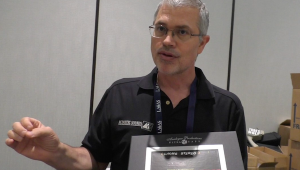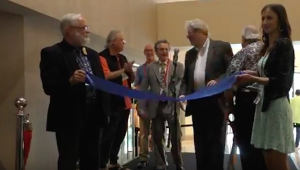Despite Munich High End New Products Debuted at LAAS 2017
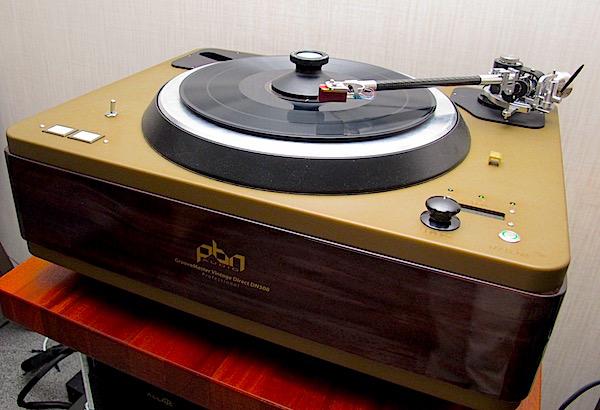
More than a few actually, including PBN's DN308 direct drive turntable (ok, not really "new"), new tube-based phono preamps from Allnic and a new Phaedra tonearm from Helius. Incidentally, if you want to hear what exhaustion sounds like, pay attention to the interviewer.
In an email PBN's Peter Noerbaek clarified Albert Porter's "otherwise good description" of the DN308 in the video: "The only parts we use form the original Denon DN 308 are the motor/platter and circuit cards - and for originality I retain the original Start/Stop buttons, speed selector switch and Power toggle. All have been refurbished. The serial number tag on the back of the table is the original one, if it was there to begin with, the one in Alberts Room had it missing so I had to make one up, guessing at the serial number calling it 6xx as is date of original manufacture is 1984, or Emperor year 59 in Japan, up until the Emperor change in 1985 they labeled the year of manufacture in Emperor year. All the chassis parts, top and bottom plates machined form 1” Thick T6061 Tool Plate, the footers and the Tachometer are new parts. The original console looks like this:
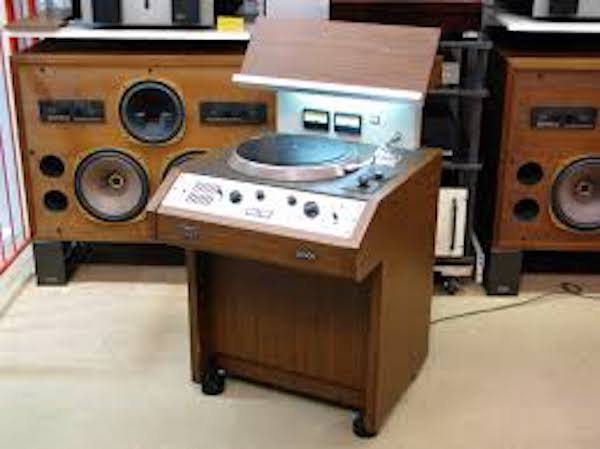
Here are the Helius Phaedra tonearm details promised in the video:
The arm tube is bi-elliptical, which Helius claims produces both an increased cross-sectional area as well as an "ever-changing aspect ratio (that) substantially increases the strength of the tube and negates the possibility of resonance." Talk amongst yourselves.
The "no compromise" azimuth adjustment refers to a design in which the entire arm tube can be free to rotate after which it is "pulled back into the bearings and secured rigidly." The bearing system uses Silicon Nitride ("developed to steer the space shuttle's rocket engines") (Si3N4) spheres instead of the tungsten or ruby used on previous arms for reasons of fragility (Ruby can fracture) and metal's "rough and pitted surfaces."
There's a description of how the arm's design forces the inertial masses of vertical and horizontal planes to work together so the arm "can't see" the cartridge. The rest of the description of this design aspect reminds me of what Allen Perkins described to me about his Centroid arm, of which this new Helius Phaedra immediately reminded me. If I've got it wrong I'm sure I'll hear about it from Perkins or Helius! There's way more to the Phaedra's design but that's best left to a full review.
